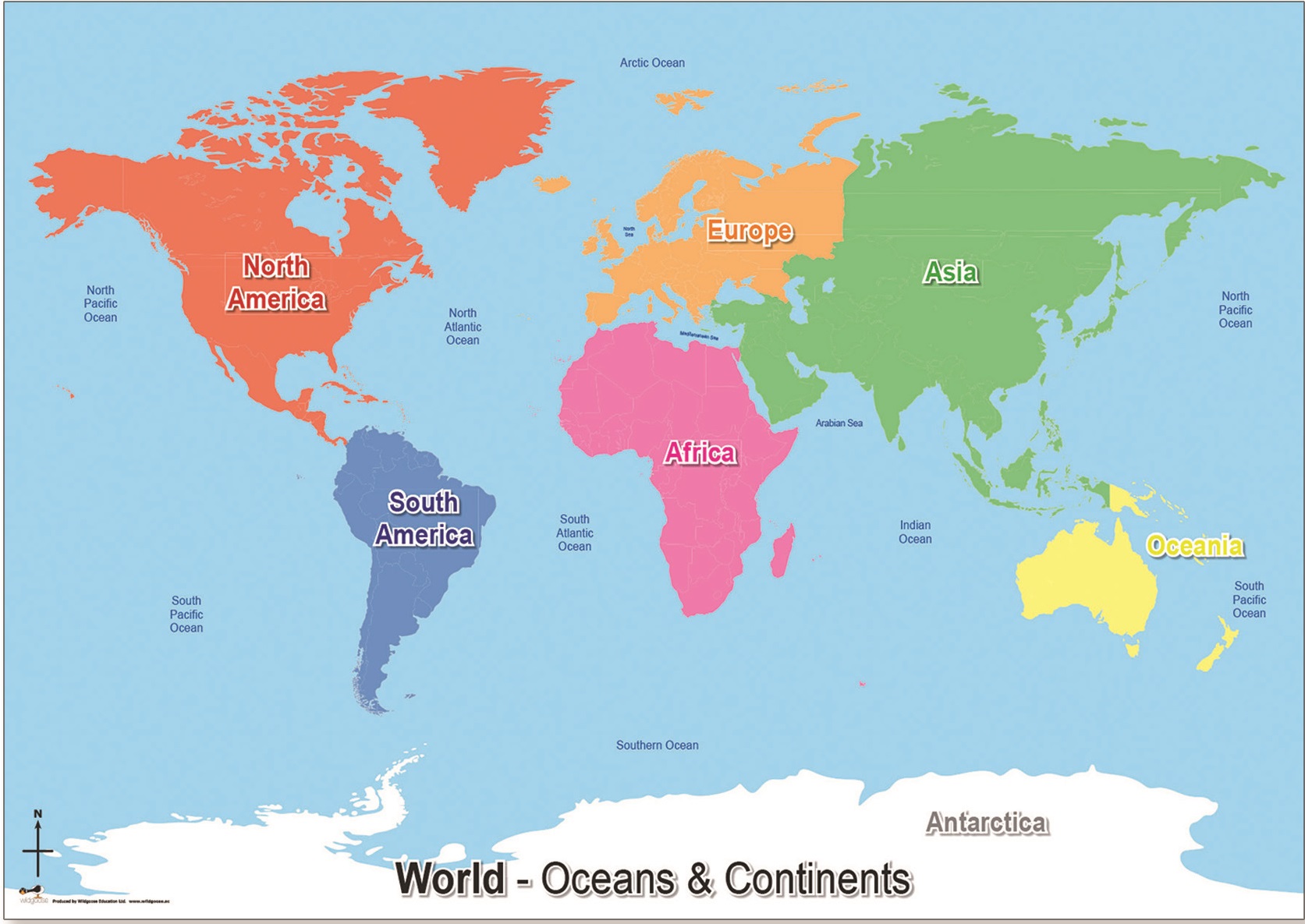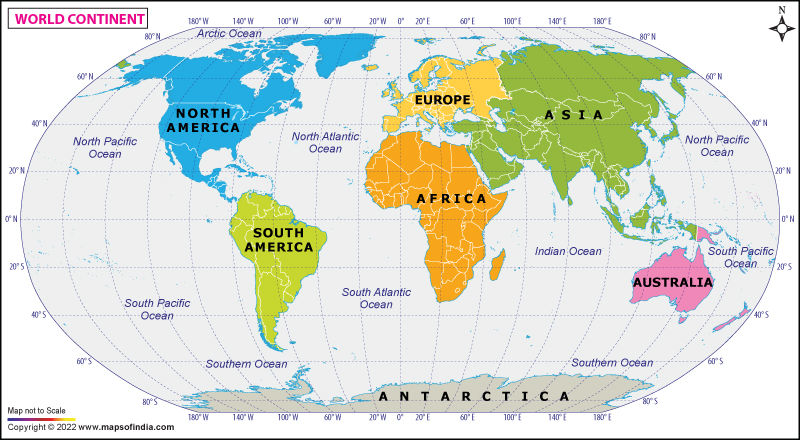Antarctica: A land shrouded in mystery, beckoning adventurers to conquer its frozen frontiers. Join us as we unveil Australia’s extraordinary Antarctic expedition, a daring quest to unravel the secrets of the icy continent. Brace yourselves for a mesmerizing tale of courage, curiosity, and triumph in one of the harshest environments on Earth.
View More Unveiling Australia’s Antarctic Adventure: Overcoming the Frozen FrontiersUnveiling Australia’s Antarctic Adventure: Overcoming the Frozen Frontiers
IILSS 16th September 2023
AntarcticaAre there laws in Antarctica?Are there salmon in Antarctica?Are there sharks in Antarctica?Australia's Antarctic AdventureCan a human survive in Antarctica?Can a person swim in Antarctica?Can you buy land in Antarctica?Can you swim in Antarctica?Can you swim under Antarctica?Can you take a trip to Antarctica?Did the British Empire own Antarctica?Discovering Antarctic WildlifeDo any fish live in Antarctica?Do lobsters live in Antarctica?Do people live in Antarctica?Do Starfish live in Antarctica?Does Antarctica have a port?Does Antarctica have freshwater fish?How many people live in Antarctica?How many species of fish are there in Antarctica?Is Antarctica a continent?Leaving a Lasting Legacy: Australia's Impact on AntarcticaPreserving the Pristine: Australia's Environmental CommitmentPushing Boundaries: Scientific Breakthroughs in the Antarctic


